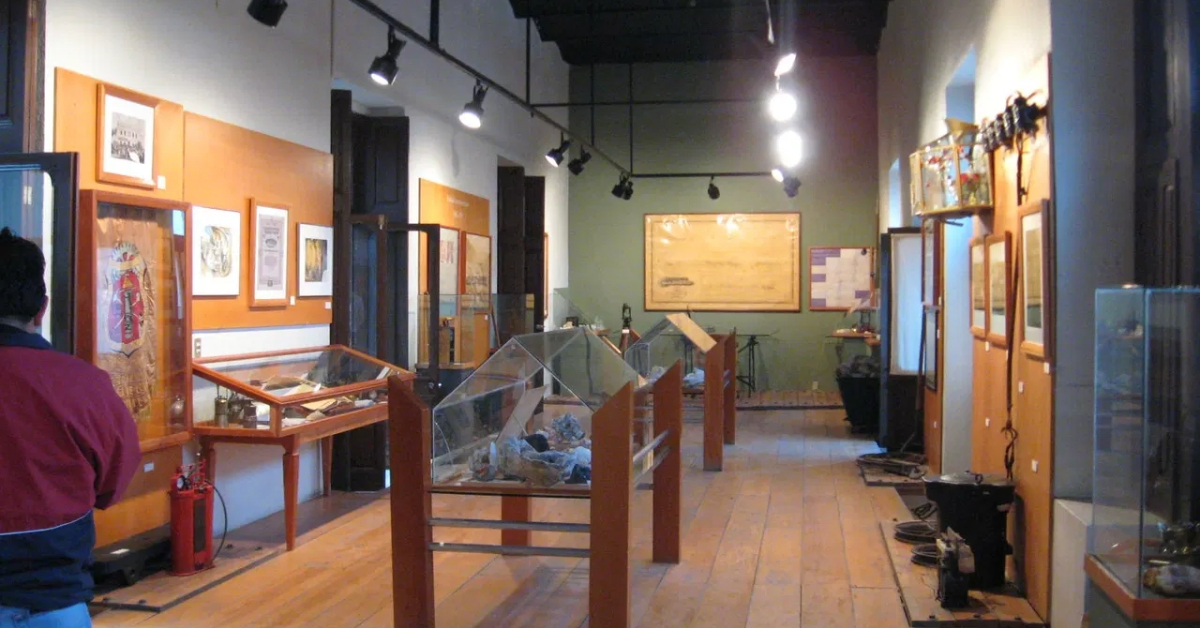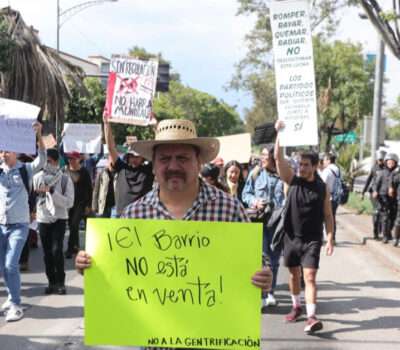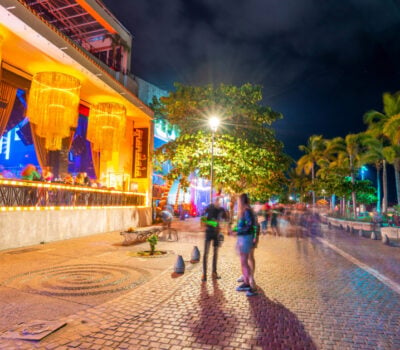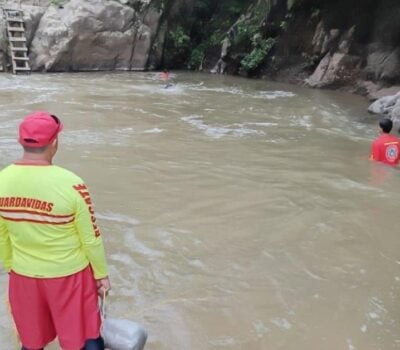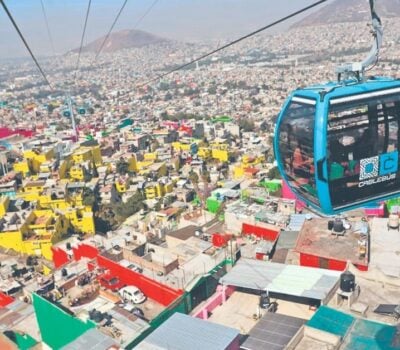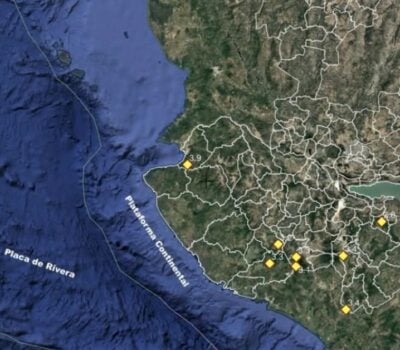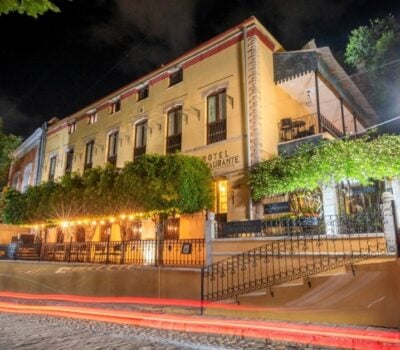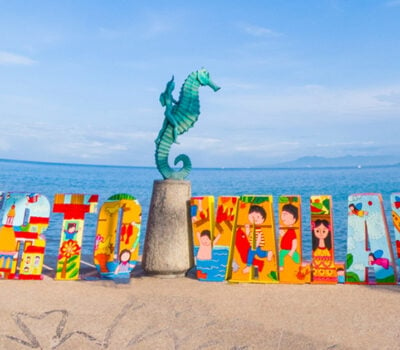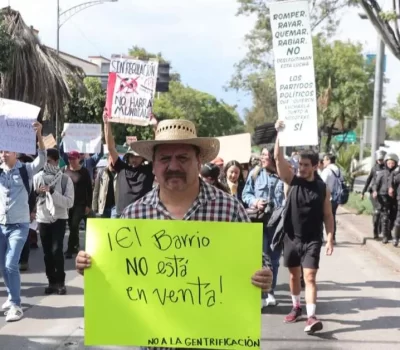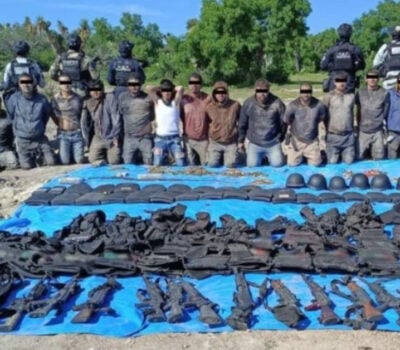The Pachuca mining museum launches an “Adopt a Document” campaign to raise 1 million pesos monthly for preserving three centuries of mining records and heritage.
The Archivo Histórico y Museo de Minería AC (AHMMAC) in Pachuca has called on residents and mining enthusiasts to donate funds or “adopt” historical documents, warning that the five sites it operates could close without at least 1 million pesos in monthly support.
Founded 38 years ago, AHMMAC safeguards records spanning from 1726 to 1986, along with century-old mining tools and periodicals. Yet its private status prevents it from tapping state or federal budgets, leaving it reliant on dwindling individual donations and modest visitor fees that fall far short of covering operating costs.
“We’ve never received a single peso from the state government,” says AHMMAC director Belén Oviedo Gámez, speaking at the opening of an exhibit showcasing the institution’s oldest documents and artifacts. She notes that maintaining archival conditions, climate controls, and staff across five historic buildings—donated by Real del Monte and Pachuca mining companies—requires a bare minimum of 1 million pesos each month.
In response, AHMMAC is rolling out the “Adopt a Document” program, modeled on a national initiative by the Archivo General de la Nación. Donors commit to a monthly contribution to fund the preservation of a specific file or manuscript. While adopters won’t gain ownership or home access to the documents, they can consult them on-site and receive regular updates on conservation work.
To spark interest, AHMMAC plans rotating exhibitions that highlight rare legajos (bundles of archival documents) and mining relics. The collection includes 2,700 linear meters of shelving—enough to span Mexico from north to south if laid end to end—and a rich library and hemeroteca with mining journals dating to the early 20th century from Europe and the United States.
Despite its historical importance, AHMMAC struggles to attract local visitors. Oviedo Gámez laments that most researchers are foreign, and during its first decade only two local historians consulted its holdings. She credits the University of Hidalgo’s history department with boosting student visits in recent years.
Last October, AHMMAC inaugurated the Dolores mine site museum in Real del Monte. At that ceremony, the state’s tourism secretary pledged to install directional signage to guide visitors to its four other museums—but the promise went unfulfilled. “We haven’t seen her since,” Oviedo Gámez remarks with frustration.
In celebration of its 38th anniversary, AHMMAC showcased a late-18th-century manuscript detailing a miners’ uprising and a list of enslaved workers brought in for colonial-era operations. These treasures underscore the institution’s role in preserving Hidalgo’s mining legacy, yet without sustained community backing, AHMMAC faces a precarious future.
By partnering with individuals and businesses through the Adopt a Document campaign, AHMMAC hopes to secure a reliable funding stream. “Private archives like ours can’t access public budgets,” Oviedo Gámez explains, adding that monthly donor support will go directly to conservation, exhibition planning, and the upkeep of its five heritage sites.
As the program rolls out, AHMMAC encourages anyone passionate about mining history or local culture to consider a monthly contribution. Detailed information on how to adopt a document can be found at the Pachuca mining museum’s headquarters and its website. Without swift action, visitors may soon find the doors closed on more than three centuries of Mexico’s mining story.


